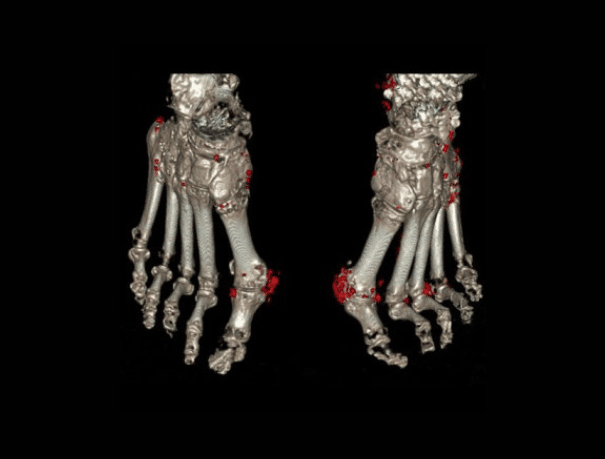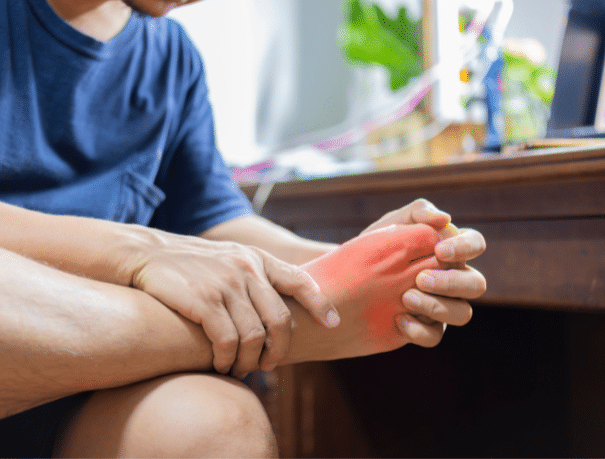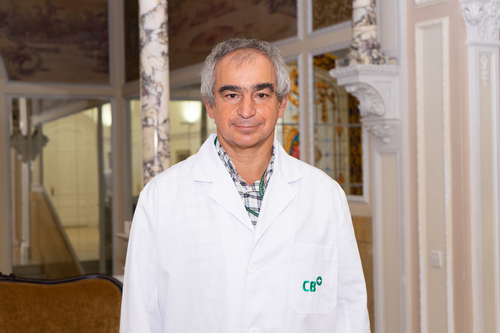CT for the diagnosis of gout
What does it consist of?
The CT for the diagnosis of gout is a diagnostic technique that uses X-rays to create 3D images with great sharpness of the interior of the joints affected by the accumulation of uric acid crystals, which is known as the gout disease.
This TAC integrates Dual Energy technology, which, unlike usual scanners, makes it possible to clearly differentiate the areas affected by uric acid and calcium, which are represented in 3D images (one with high energy and the other with low energy) and in different colors. In addition, Dual Energy allows specialists to determine if the gouty affectation is monoarticular or polyarticular, which favors precise monitoring of the pathology to assess its therapeutic efficacy.

Cases in which it is recommended
To whom?
The CT scan for the diagnosis of gout is indicated for people who present symptoms of sudden pain, tenderness, redness, stinging, and increased temperature in the feet, fingers, hands, ankles, or knees, among other joints.
The CT test is not recommended for pregnant women. If this is your case, consult your doctor before carrying out the test.

Instructions
How should you prepare?
Your doctor will give you a series of instructions before carrying out the test.
- Contrast administration: Most CT tests require contrast administration, either orally or through a vein. This allows to visualize with greater clarity the internal structures of the body.
- Hydration: It is recommended that you come to the test well hydrated, having drunk at least one liter of water during the ten hours prior to the study. This makes it easier to remove the contrast from the body.
- Metallic objects: The technician will give you the necessary instructions, provide you with a gown, and ask you to remove any metallic objects (jewelry, watches, piercings, hairpins, mobile phones, dental prostheses, and hearing aids).
- Cardiac devices: It is important that you inform the technician about any device that you have implanted in your body (pacemakers, electrodes and clips from previous surgeries).
- Test duration: The test can last between 1 and 10 minutes, depending on the area to be explored. During this time it is important that you remain still.

Medical professionals
The specialists who will assist you at CreuBlanca
A team of professionals to take care of you.

Related articles
CreuBlanca's blog
You will find advice from our professionals on how to improve your health and information on the latest technologies applied in the medical health sector.
 75 years CreuBlanca
75 years CreuBlanca
Stories That Bring Us Together: Dr Enric Miret, Specialist Urologist
 The Expert's Voice
The Expert's Voice
Nutrition at Christmas: how to enjoy the festive season without obsessing over weight
 The Expert's Voice
The Expert's Voice
